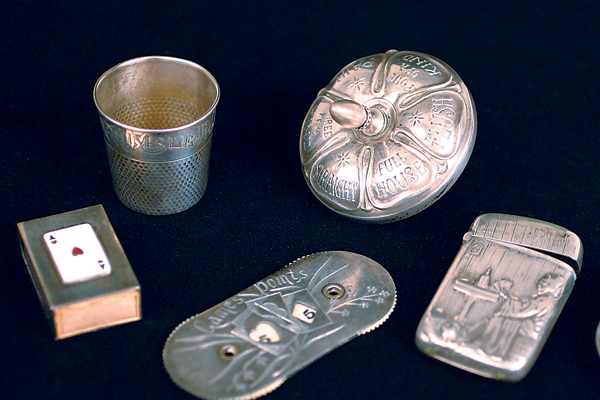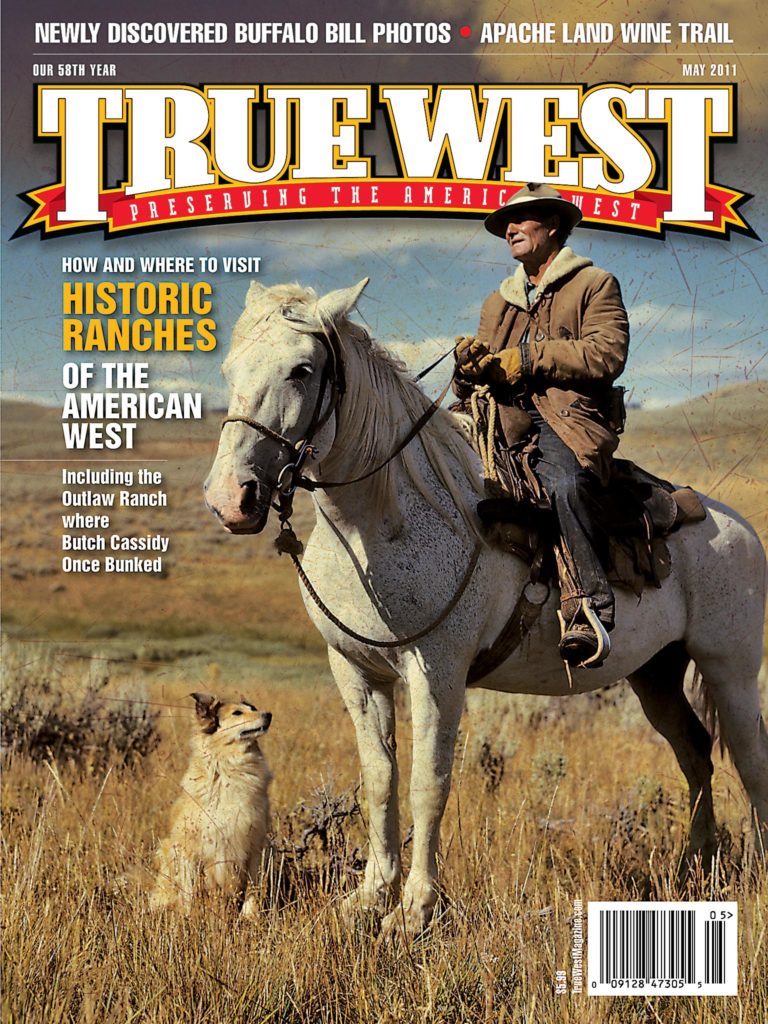
How did 19th-century government land grants to the railroads work?
Erica Moore
Mesa, Arizona
Congress passed the Pacific Railroad Act of 1862 to finance the transcontinental railroads. Twenty alternating sections (checkerboards) were granted to rail companies on each side of the tracks for each mile of track laid. They were also given full rights to minerals, including coal for the steam engines. The number of sections granted varied some over the years.
The railroads sold the land to settlers and ranchers, such as those of the storied Aztec Land and Cattle Company—better known as the “Hashknife” for its brand. Towns were established along the rail lines so the companies could sell land for town sites.
Land grants had a big payoff for the federal government, as the railroad had to give the government reduced rates to ship. When this expired in 1946, the railroads had repaid the government at 10 times the value of the land.




